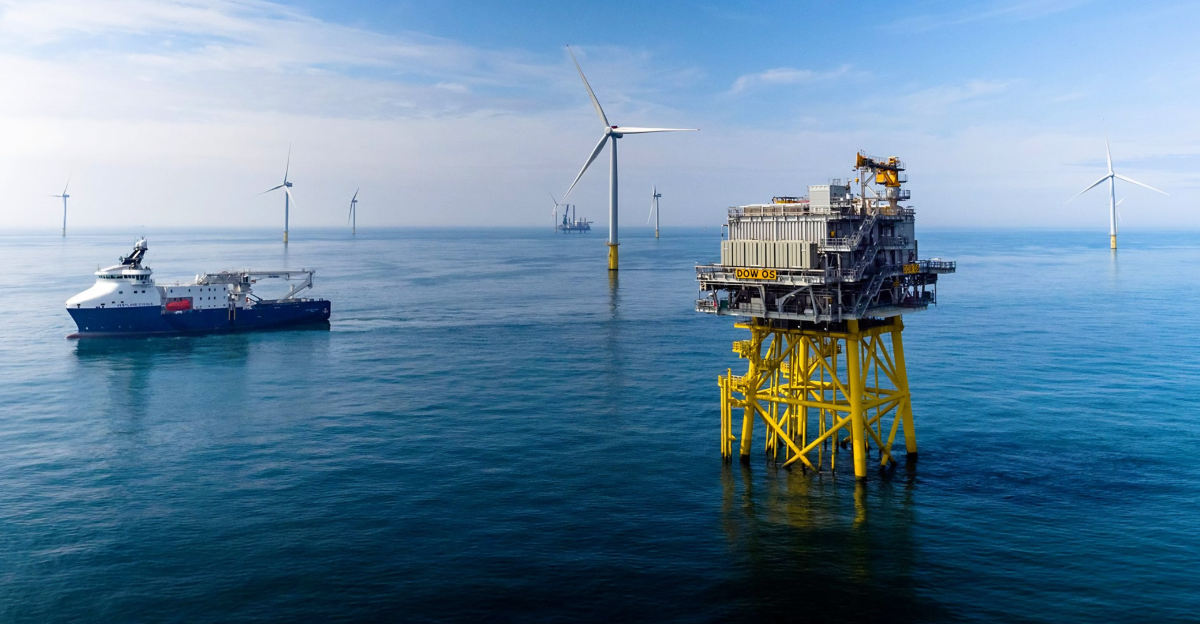
A $7 billion offshore wind project was recently halted in its tracks despite the plan being approved all the way back in 2023 under a different administration.
This project, called Empire Wind, was to be built near New York, but the government recently released a statement saying that the plan did not properly check environmental risks.
This project has caused many debates, as supporters want clean energy, but others argue that the high costs coupled with potential harm to sea life mean that it isn’t feasible. Its recent cancellation highlights a shift toward balancing both green goals and challenges like costs and reliability.
A Repeat Of History
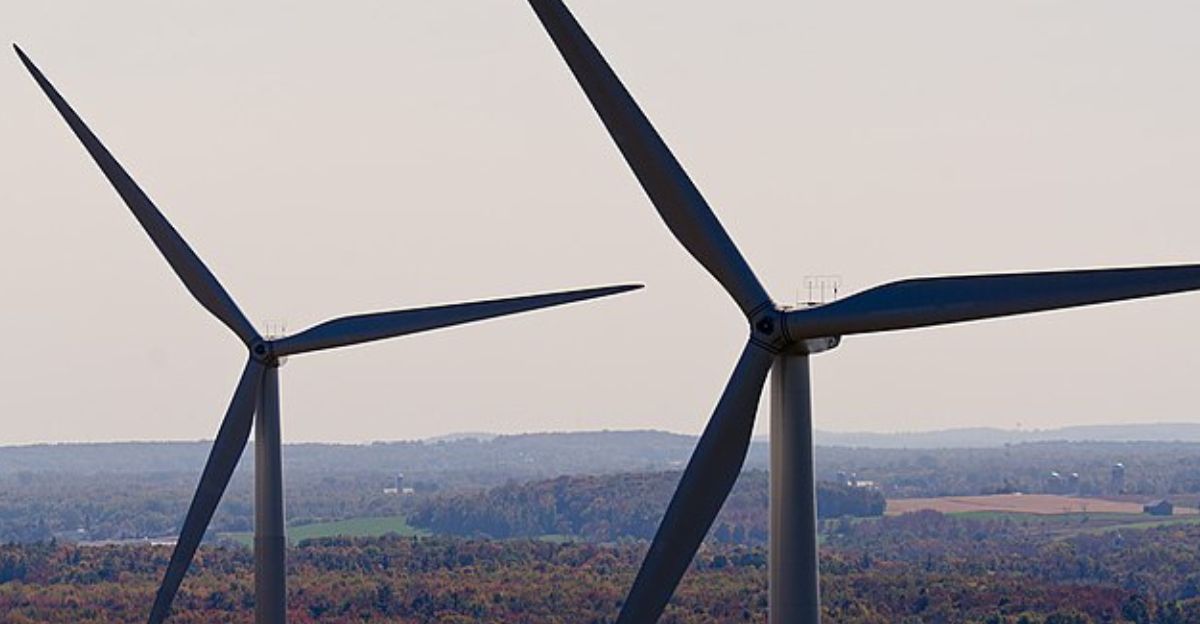
Big energy projects are often supremely ambitious but fail to deliver. An example is the oil shale projects from the 1980s that wasted nearly $10 billion.
Empire Wind is in a similar situation, where the project got approval quickly but has now been halted due to problems being realized. Other wind projects across the country have also been canceled, like the one in Massachusetts, due to local wildlife deaths and disagreements over fishing rights.
These issues keep arising due to governments rushing to meet climate goals without properly accounting for the long-term risks associated with such projects.
Costs Versus Promises
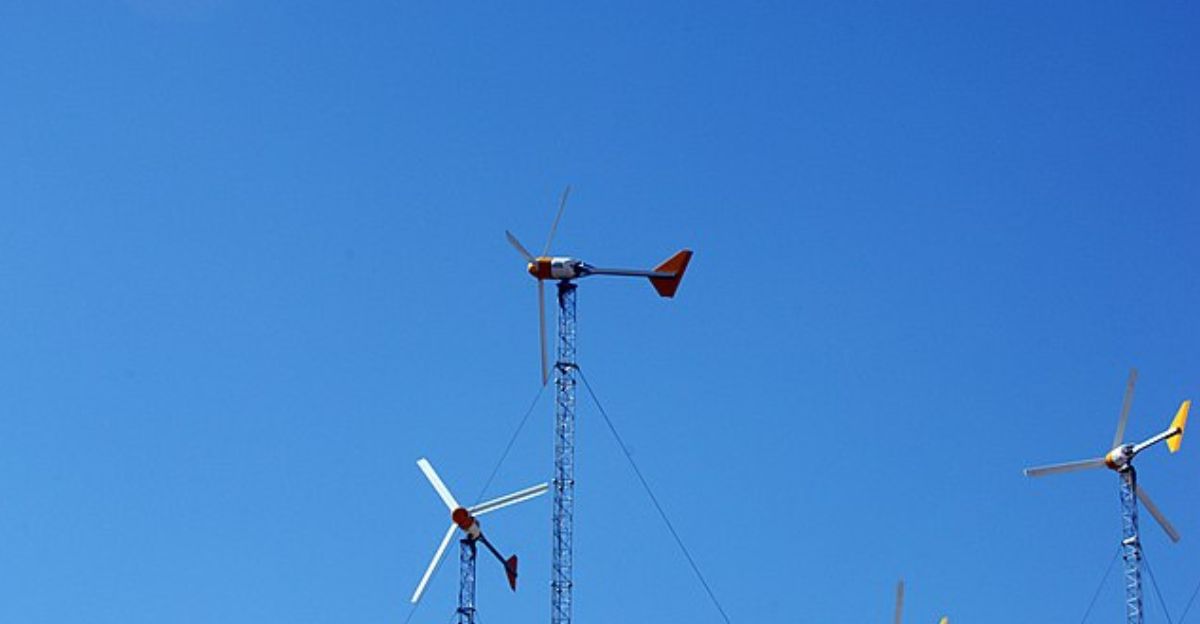
There were other concerns related to Empire Wind, including the $145/MWh electricity, which would have cost New Yorkers much more than what they pay for electricity now, and they already pay the 4th highest energy bill in the US.
Currently, natural gas costs about $40/MWh while nuclear costs around $75/MWh. There were also hidden expenses outside of the $7 billion budget, such as upgrading ports to handle 300-foot turbine blades, which would have cost a half million dollars more.
This is amidst the Biden administration’s 30 gigawatt offshore wind target, with only 0,03 gigawatts being available by 2023.
Policy Chaos
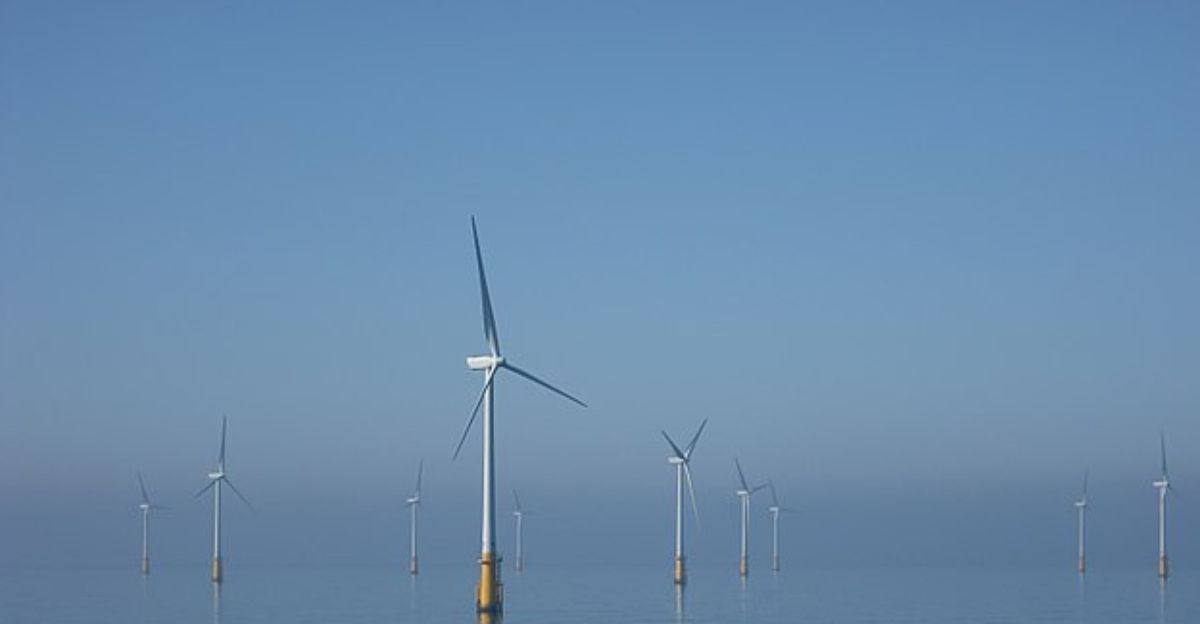
With every change in presidency, there are many policy changes, which generally create an energy whiplash. Empire Wind survived Trump’s 2020 leasing freeze and managed to win Biden’s 2023 approval but has now faced shutdown with Trump’s reversal in 2025.
The volatile and unpredictable nature of these projects scares off potential investors – Equinox, the company behind Empire Wind, has seen a 3% stock drop since the cancellation of the project.
Other projects like the Keystone XL pipeline saw 15 years of legal battles with $3 billion being wasted. Predictable policies are needed for longterm energy projects to see the end of their construction.
Hidden Environmental Costs

Although wind energy is viewed as “green” energy, there are variables that hold it back. Empire Wind’s 80 turbines threatened already endangered North Atlantic right whales. Their population is currently only at 360 individuals, and they cannot afford any more losses.
The project’s approval also did not go through thorough seismic tests near fishing grounds. This could have had implications on the local scallop and lobster industries and could have cost the economy $2.1 billion annually in lost revenue.
There are alternatives like small modular nuclear reactors that offer reliable and low-impact energy to the masses. Sustainability means weighing all risk factors, not just carbon contribution.
Who Controls The Energy?
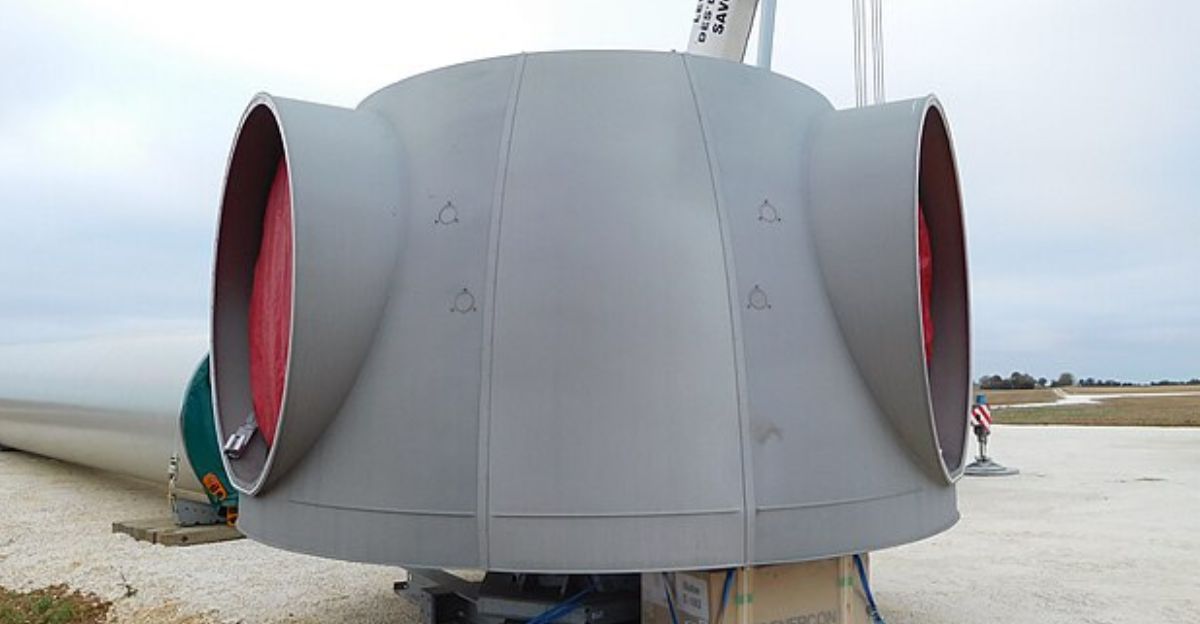
Empire Wind’s construction relied on Equinor and getting parts delivered from China, which makes up around 80% of the world’s rare earth metals that are instrumental in constructing the turbines.
This shows a dependence on other countries for parts, which means that things will only become less feasible amid new tariffs. There are solutions to energy independence available by using previous examples.
Texas’ grid was able to remain stable during the 2023 winter storms using natural gas, while rooftop solar was letting homeowners keep control of their power. Energy independence shouldn’t be reliant on foreign projects.
Better Ways To Innovate
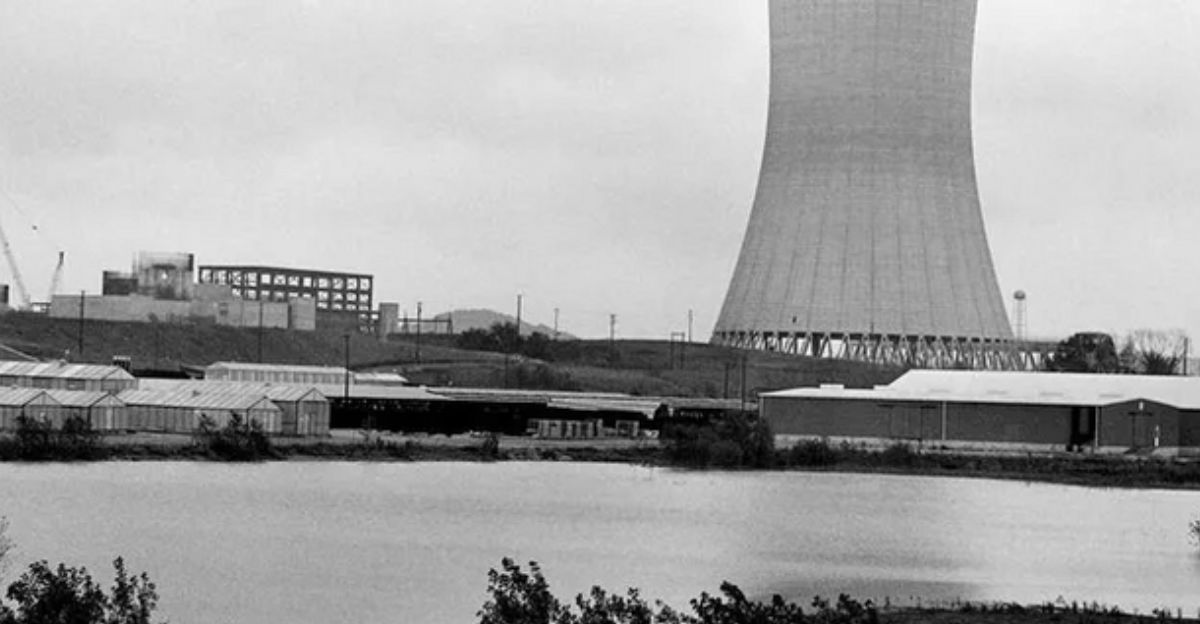
Over the last twenty five years, the US government has spent nearly one trillion dollars on renewable energy investments but only gets about 10% of the countries power from them.
The $7 billion that Empire Wind was granted could be used on 10 pilot fusion plants, similar to Helion’s prototype that uses AI to control plasma. This would be far more impactful than wind turbines without the current risks to sea life.
$5 billion is already being invested in fusion by private companies, showing that no federal aid is needed. Tomorrow’s tech should be funded rather than yesterday’s failed projects due to policy changes.
Jobs Versus Fairness
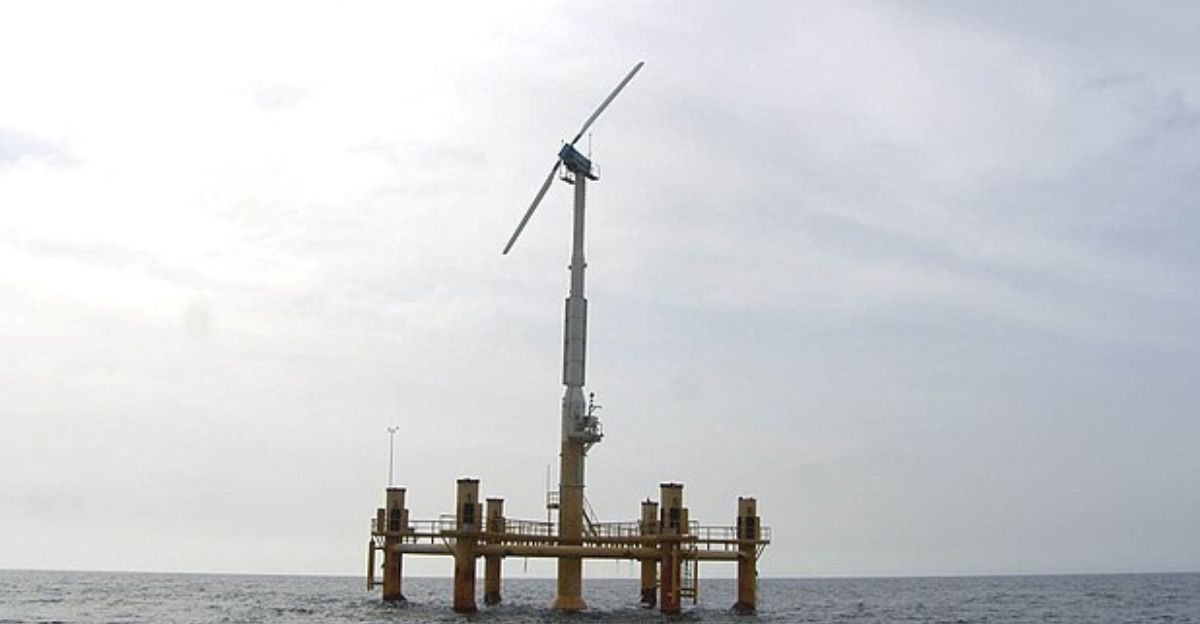
Job security could be more stable with other projects. Empire Wind offered 830 construction jobs to specialized workers, although there were temporary contracts that would only last as long as the construction.
Compare this project to Manitoba Hydro’s 1970s dams, which gave local communities lasting jobs and even ownership stakes.
5,000 Permanent jobs could be created by looking to nuclear energy, which would boost the economy and create high-paying permanent positions in next-gen energy.
What California Is Doing
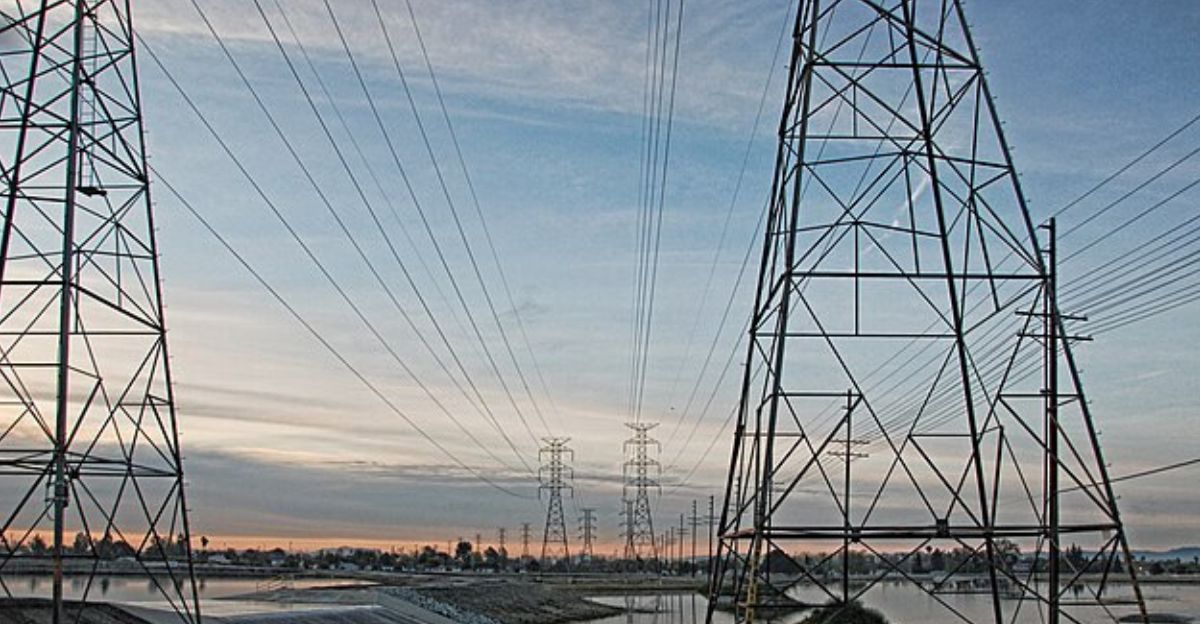
California paused its offshore wind turbine construction to reprioritize its efforts into the crumbling grid. $15 billion was invested in wildfire-proof power lines.
New York’s power grid is ranked 37th in terms of reliability, with many areas like Queens and Brooklyn facing frequent blackouts. $12 billion could be spent to upgrade substations and power lines to ensure that the infrastructure could support future wind projects.
The foundation needs to be properly built first before more ambitious projects should be looked at.
Why Empire Wind Stopped
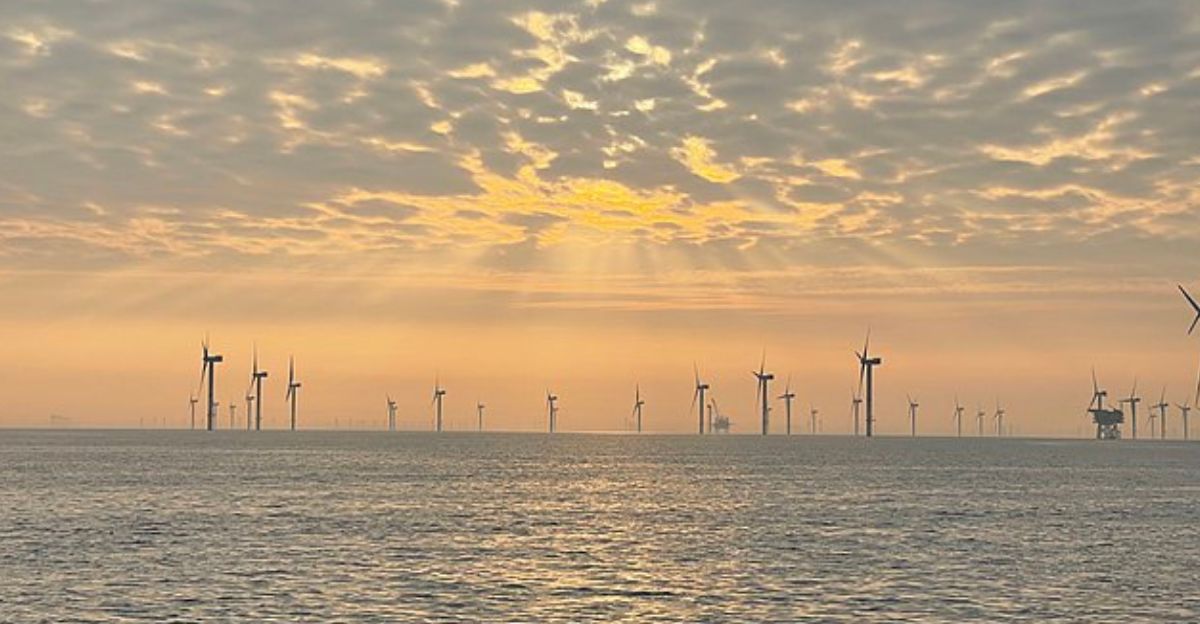
Empire Wind being halted wasn’t unjustified. The cost of the project, associated risks to the fishing industry and wildlife, and foreign dependencies amidst tariffs made the future of it unfeasible.
Funds should be invested in modern solutions and grid maintenance. Energy solutions should also be affordable for communities and completely green.
Germany has an important lesson to teach us: rushing into wind and solar energy while phasing out nuclear energy led to more coal use. The US can use previous examples as lessons and learn from these mistakes to build a green and sustainable future.
Explore more of our trending stories and hit Follow to keep them coming to your feed!

Don’t miss out on more stories like this! Hit the Follow button at the top of this article to stay updated with the latest news. Share your thoughts in the comments—we’d love to hear from you!







